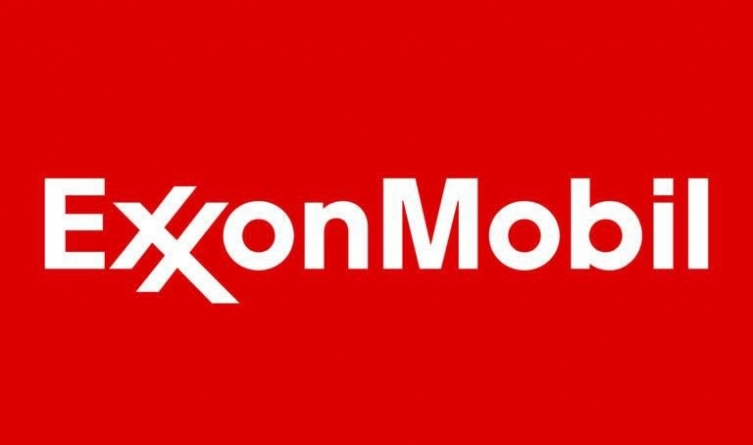ExxonMobil makes pledge to reduce its global emissions output by 2025
One of the industry’s biggest contributors to greenhouse gases, American oil giant, ExxonMobil, announced yesterday that it will be rolling out a plan to reduce the intensity of its upstream gas emissions by 15 to 20 percent. In its statement on the matter, ExxonMobil said that it would be able to achieve this by 2025.
It said that this will be supported by a 40 to 50 percent decrease in methane intensity, and a 35 to 45 percent decrease in flaring intensity across its global operations. Further to this, the company said it plans to align its operations with the World Bank’s initiative to eliminate routine flaring by 2030.
The oil giant was keen to note that the emissions reduction plan is the result of several months of detailed analysis and includes input from shareholders. Other measures it said the market can expect to be implemented include continued investments in lower-emission technologies, such as carbon capture, manufacturing efficiencies, and advanced biofuels; increased cogeneration capacity at manufacturing facilities; continued support for sound policies that put a price on carbon and continued accounting for environmental performance as part of executive compensation.
Even as the company notes its intentions to reduce emissions, its actions offshore Guyana send a completely different message to local and international stakeholders about its interest in protecting the environment. Since December 2019 to now, the oil giant has been flaring millions of cubic feet of gas as a result of its inability to fix a malfunctioning gas compressor system for the Liza Destiny oil vessel.
Kaieteur News was able to confirm with Head of the Environmental Protection Agency (EPA), Sharifah Razack, that the company flared 16.496 million standard cubic feet of gas per day in October – up from its previously publicized rate of 15 million cubic feet per day.
This information is consistent with statements made by Hess’ representatives during its 2020 third quarter earnings call. The Stabroek block co-venturer had indicated at the end of October that it was happy to inform its shareholders that production rates at Liza Phase One have increased to 105,000 barrels of oil per day in the past few weeks.
Before that, public knowledge was that Exxon’s production was hovering around 80,000 to 90,000 barrels of oil per day, as was the case in September, last.
In September, Kaieteur News had reported that Guyana stands at number six in the world per capita for countries emitting toxic gas by flaring. The newspaper had projected that with the rate of flaring at the time, Exxon would have emitted 12 billion cubic feet by the end of 2020.
However, since the rate of flaring increased in October, the volume flared at the end of the year will be much higher.






















